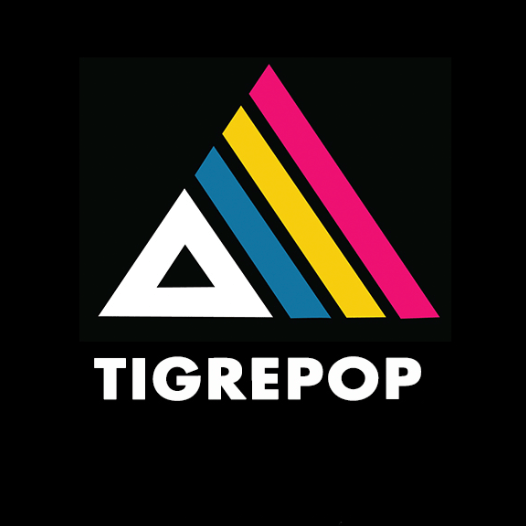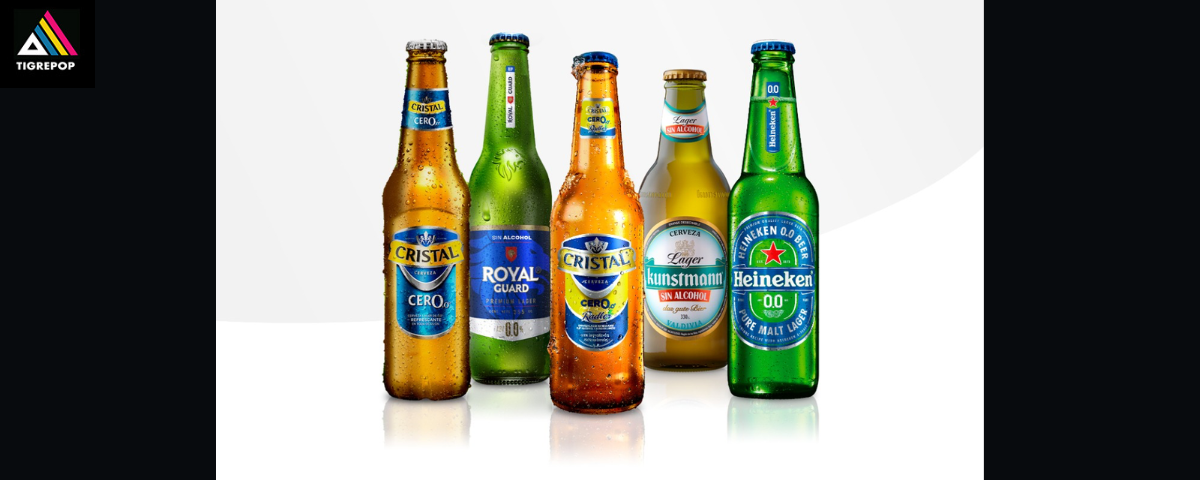In recent years, alcohol‑free beer (ABV 0.0%) has transcended its image as a mere temperance alternative, becoming a mainstream lifestyle choice. Once confined to niche health stores, these brews now grace supermarket aisles and bar menus across the globe. This movement is about more than abstinence—it blends taste innovation, wellness culture, and social inclusion to redefine what it means to enjoy a beer.
1. Reclaiming flavor without compromise
Early alcohol‑free beers often suffered from flat flavor profiles and unappealing aftertastes. Modern craft breweries, however, have embraced fermentation innovation and hop-forward recipes, delivering IPAs, stouts, and lagers that taste remarkably like their alcoholic counterparts. Sophisticated brewing techniques—such as vacuum distillation and reverse osmosis—allow brewers to preserve aroma, mouthfeel, and bitterness while removing alcohol.
This flavor-first approach removes the stigma of sacrificial sobriety. Consumers now choose non‑alcoholic not out of need, but out of preference—for the taste, health, or social reasons—without feeling they’re compromising.
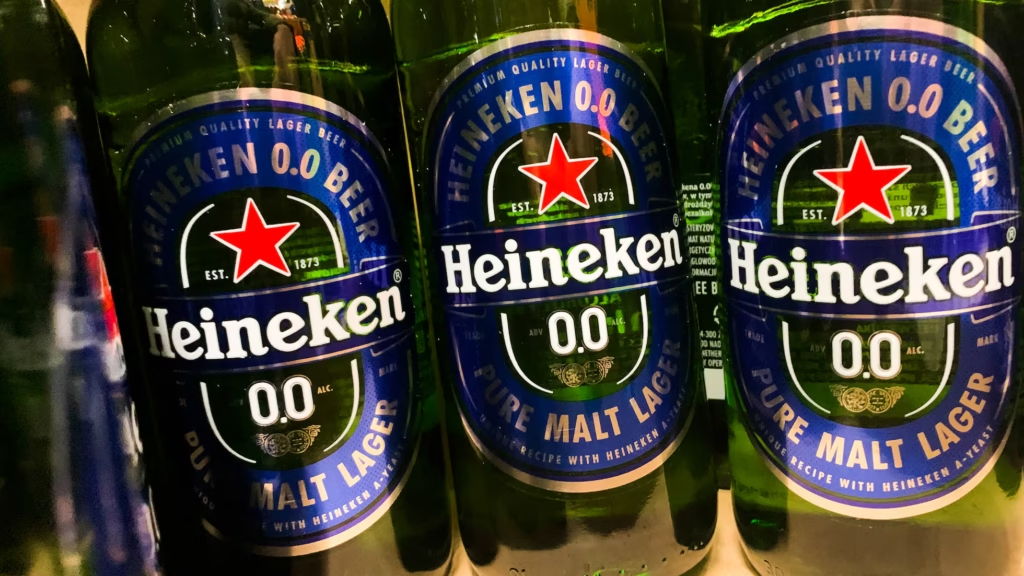
2. Wellness & lifestyle alignment
Alcohol‑free beer aligns naturally with broader wellness trends. As consumers emphasize fitness, recovery, and mindful drinking, low‑ABV beers fit into active lifestyles—they offer hydration, low calories, and antioxidants from hops. Many brands promote their products as post‑workout drinks or alternatives for designated drivers.
This wellness positioning transforms beer from indulgence into health-conscious enjoyment. It makes beer accessible at brunch, wellness workshops, and corporate events—environments that previously excluded alcoholic beverages.
3. Broader appeal and social inclusivity
By offering alcohol‑free brews alongside traditional beer, venues open their doors to a wider audience—pregnant women, recovering drinkers, teens, or those avoiding alcohol for medical or cultural reasons. The result: shared social experiences without exclusion.
Moreover, non‑alcoholic beer is crossing cultural and generational divides. Younger consumers, including Millennials and Gen Z, appreciate products that respect moderation, sustainability, and authenticity. Their broader value set favors experiences over intoxication, making alcohol‑free beer an ideal fit.
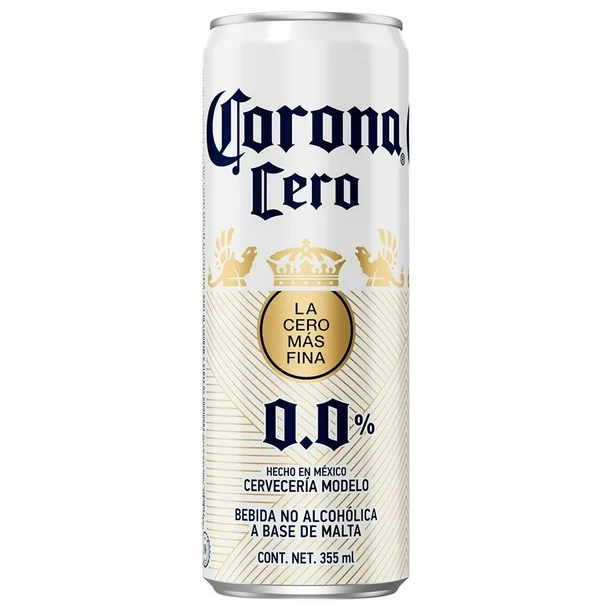
4. Innovation and brand credibility
Global beer brands—Heineken, Budweiser, Carlsberg—alongside agile craft breweries, have launched premium and innovative alcohol‑free lines. These brands focus on taste, transparency, and environmental responsibility, positioning such offerings not as an afterthought but as core products.
Craft breweries elevate the category further, releasing limited‑edition alcohol‑free variants with bold flavor combinations—like citrus IPA or coffee stout. These experiments help dissolve the idea that alcohol‑free means bland, and they support brand credibility among genuine beer enthusiasts.
5. Retail & hospitality adoption
Retailers have responded in kind. Supermarket chains now feature dedicated alcohol‑free beer sections with high-quality craft and mainstream labels. Bars and restaurants include ABV 0.0 options on tap, placing them beside beer and wine selections. Venues are increasingly using alcohol‑free options in cocktail menus, offering crafted mocktails with brewery-level taste.
These placements increase visibility and normalize the choice—making alcohol‑free beer as socially acceptable as any other refreshing option.
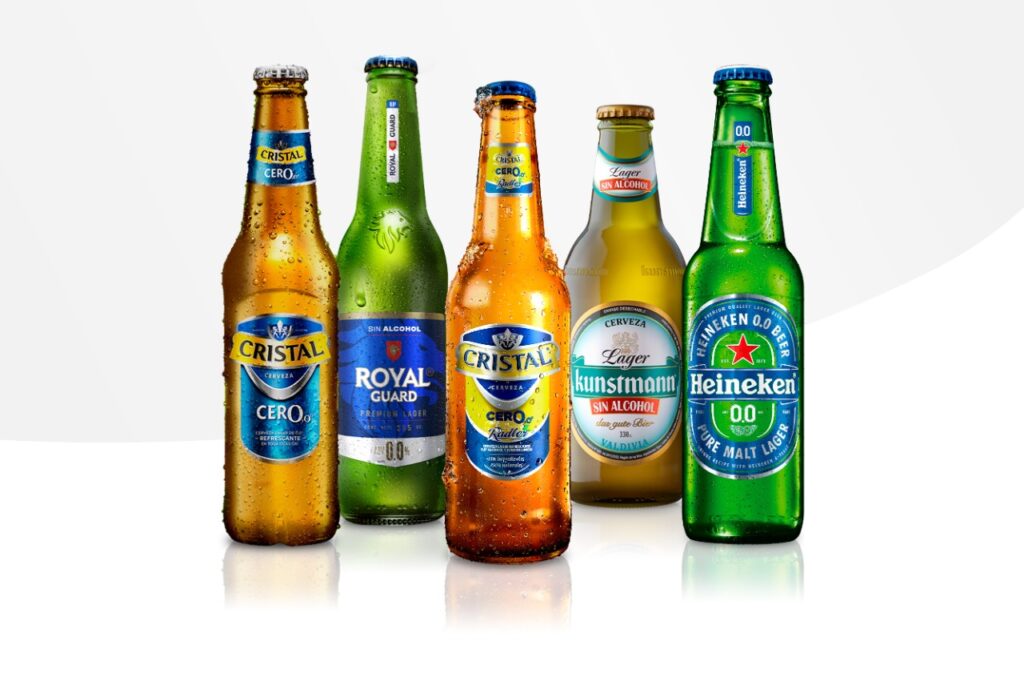
6. Marketing strategies and consumer messaging
Marketing alcohol‑free beer requires rethinking old frameworks. Campaigns now emphasize “All Taste, No Regrets”, “Beer for All Moments”, or “Refresh without the Buzz”. Social media platforms highlight fitness influencers, wellness experts, and everyday consumers enjoying alcohol‑free options—underscoring inclusivity rather than abstinence.
Brands emphasize transparency—labeling calories, brewing methods, and ingredients clearly—to build trust among health-conscious shoppers. This message resonates particularly with consumers who value authenticity and informed choices.
7. Regulatory and distribution trends
In many countries, alcohol‑free beer is taxed and regulated like soft drinks, reducing price points and easing distribution. Additionally, some regions permit non‑alcoholic beer at family events, sports matches, and workplaces—where alcoholic beverages remain restricted.
This regulatory openness has made alcohol‑free beer more widely available, reducing stigma and repositioning it as an everyday beverage rather than a compromise.
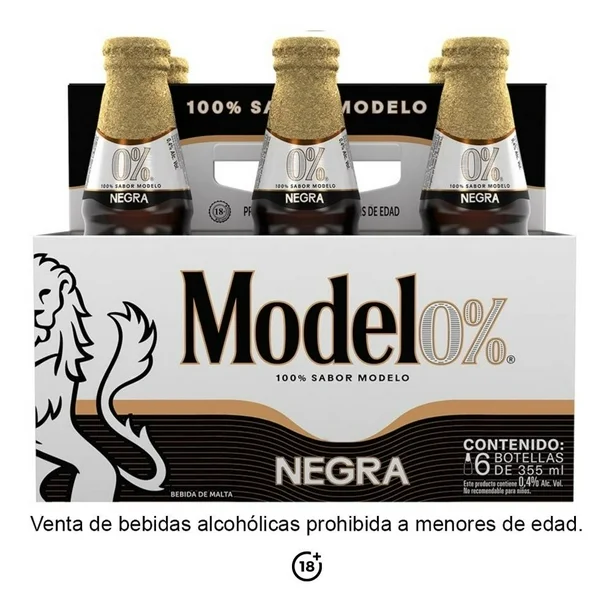
8. Challenges and future growth
Despite its success, alcohol‑free beer faces some obstacles. Taste expectations remain high, and occasional early adopters report low flavor variation or mouthfeel mismatch. For craft brewers, maintaining small‑batch production while managing cost-sensitive pricing is a balancing act.
However, consumer education—tasting events, pairing guides, and chef collaborations—is helping close the gap. The category also benefits from health branding without overt medical claims, avoiding regulatory pitfalls while appealing to mindful consumers.
9. Market performance and future outlook
Market data supports the momentum: global alcohol‑free beer consumption has grown double digits year-over-year, even during broader beer market stagnation. Some forecasts predict that by 2030, it could represent 20% of the global beer market.
Emerging markets like the Middle East and Southeast Asia are seeing significant interest, as cultural shifts and moderate zoning regulations drive demand. In wealthier markets, premium alcohol‑free beer now competes with craft wine and spirits alternatives.
10. The sober revolution with flavor
The rise of alcohol‑free beer isn’t just a functional trend—it’s a cultural shift. Beer is shedding its traditional role as a vehicle for intoxication and claiming space as a drink for all contexts: from morning brunch to late-night conversations.
By emphasizing taste, inclusivity, and responsible enjoyment, the alcohol‑free category proves that what’s removed can still be enjoyed. It demonstrates how brands can innovate without sacrificing character, while empowering consumers with choices that align with modern lifestyles.
In redefining what a beer can be, alcohol‑free brewers are also redefining how we socialize—bringing beer into every moment and expanding the meaning of a ‘cheers’ for a new generation of drinkers.
📚 References
Brewers Journal. (2024). Alcohol‑Free Beer Trends: Market Data and Consumer Insights.
Mintel. (2023). Non‑Alcoholic Beer: Health, Flavor, and Social Trends Study.
NielsenIQ. (2025, May). Market Share Analysis: Alcohol‑Free and Low‑Alcohol Beer 2022–2024.
Statista. (2024). Global Non‑Alcoholic Beer Consumption Forecast 2025–2030.
The Guardian. (2023, November 10). How alcohol‑free beer is changing the drinks landscape.
World Health Organization. (2022). Global Alcohol Consumption Patterns and Public Health Report.
